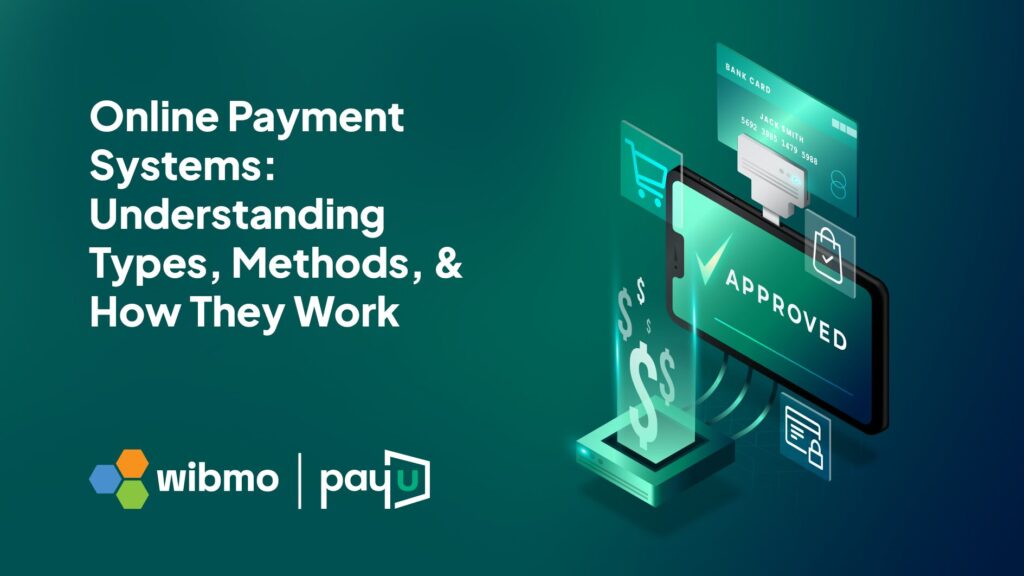As payments have shifted from physical cash to digital transactions, online payment systems have become essential to our daily routines. From buying groceries to subscribing to streaming services, the ease of online payments is undeniable. This blog will delve into the world of online payment systems, exploring their types, methods, and operational mechanisms.
Understanding Online Payment Systems
Online payment systems are electronic methods used to transfer money over the internet. They facilitate secure and efficient transactions between buyers and sellers, encompassing various methods such as credit and debit cards, digital wallets, and bank transfers.
Types of Online Payment Systems
- Credit and Debit Cards: These are the most prevalent forms of online payments. Credit cards allow users to borrow funds up to a certain limit, while debit cards deduct money directly from the user’s bank account. Major networks like Visa, MasterCard, and American Express dominate this space.
- Digital Wallets: Services like PayPal, Apple Pay, and Google Wallet store users’ payment information securely, enabling quick transactions. They add an extra layer of security by not sharing card details with merchants.
- Bank Transfers: This method involves transferring money directly from one bank account to another, often used for larger transactions due to its high security.
- Buy Now, Pay Later (BNPL): Services such as Afterpay and Klarna allow consumers to make purchases and pay in installments, a method particularly popular among younger consumers.
How Online Payment Systems Work
Understanding the mechanics of online payment systems involves knowing the key players and steps in processing a transaction:
- Customer: The individual making the purchase.
- Merchant: The business selling the product or service.
- Payment Gateway: A service that securely transmits payment information from the customer to the payment processor.
- Payment Processor: The entity that processes the transaction by communicating with the customer’s and merchant’s banks.
- Issuing Bank: The bank that issued the customer’s payment card.
- Acquiring Bank: The merchant’s bank that receives the payment.
The process starts when a customer initiates a payment on a merchant’s website. The payment gateway encrypts the payment information and sends it to the payment processor. The processor then communicates with the issuing bank to verify the transaction. Once approved, the funds are transferred from the issuing bank to the acquiring bank, completing the transaction.
Benefits of Online Payment Systems
- Convenience: Payments can be made anytime, anywhere.
- Speed: Transactions are processed quickly, often in real-time.
- Security: Advanced encryption and authentication methods ensure secure transactions.
- Global Reach: Businesses can reach customers worldwide.
Security Measures in Online Payment Systems
Security is crucial in online payment systems. Common measures include:
- Encryption: Ensures secure transmission of payment information.
- Tokenization: Replaces sensitive payment information with a unique identifier or token.
- Two-Factor Authentication (2FA): Adds an extra layer of security by requiring a second form of verification.
- PCI DSS Compliance: Ensures businesses manage card information securely.
Future Trends in Online Payment Systems
- Biometric Authentication: Using fingerprints, facial recognition, or voice recognition for transactions.
- Artificial Intelligence (AI): Helps detect and prevent fraudulent transactions.
- Blockchain Technology: Offers a decentralized and secure method for processing payments.
- Voice-Activated Payments: Utilizing virtual assistants such as Alexa and Google Assistant to enable seamless payment transactions.
- Cross-Border Payments: Improved systems designed to facilitate smooth and efficient international transactions.
- Contactless Payments: NFC technology allows for quick and secure contactless payments.
Conclusion
Online payment systems have transformed how we conduct transactions, offering unparalleled convenience, speed, and security. As technology advances, we can expect even more innovative and secure payment methods to emerge. Understanding these systems is crucial for both consumers and businesses to navigate the digital economy effectively.
By grasping the intricacies of online payment systems, businesses can better meet their customers’ needs, ensuring seamless and secure transactions. Stay tuned to Wibmo for more insights into the world of digital payments!

